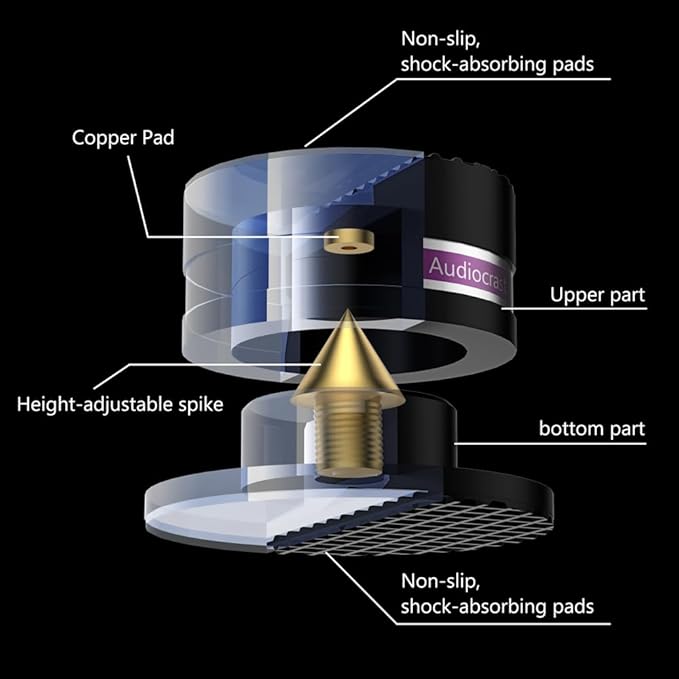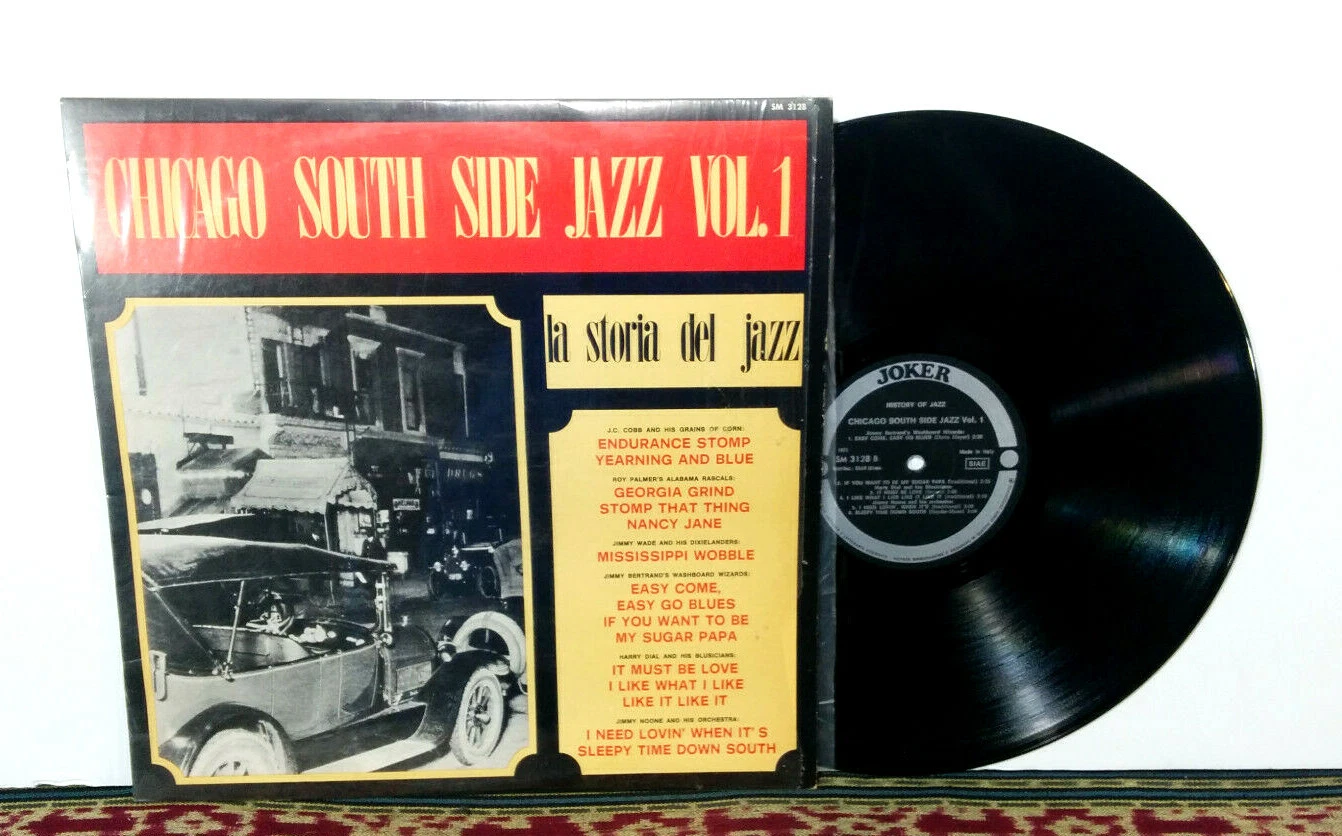dwette
you are correct, about the AI error I posted: many true mono cartridges have 4 pins (both of mine do), and RIAA being used (for some, not all) earlier, from 1954
"From Wikipedia, the free encyclopedia

RIAA equalization is a specification for the recording and playback of phonograph records, established by the Recording Industry Association of America (RIAA). The purposes of the equalization are to permit greater recording times (by decreasing the mean width of each groove), to improve sound quality, and to reduce the groove damage that would otherwise arise during playback.
The RIAA equalization curve was intended to operate as a de facto global industry standard for records since 1954, but when the change actually took place is difficult to determine.[1]
Before then, especially from 1940, each record company applied its own equalization; over 100 combinations of turnover and rolloff frequencies were in use, the main ones being Columbia-78, Decca-U.S., European (various), Victor-78 (various), Associated, BBC, NAB, Orthacoustic, World, Columbia LP, FFRR-78 and microgroove, and AES. The obvious consequence was that different reproduction results were obtained if the recording and playback filtering were not matched."
///////////////////////////////
My speakers are new enclosures with drivers from 1958, I pulled from the Fisher President II Console I inherited from my Uncle Johnny, here’s it’s Control Panel’s choices for LP and Tape
Most unique is ’Stereo Radio’ which was a brief period of Live Binaural Stereo Broadcasts.
Excerpt from
https://www.radioworld.com/columns-and-views/roots-of-radio/how-fm-stereo-came-to-life
“A sort of marketplace “AM-FM stereo” system standard for binaural broadcasting appeared, with one channel on the AM (left) and the other on the FM (right). These were the days before NRSC audio frequency reduction, so the audio response on AM was notably better. Vendors offered better receivers to the connoisseur; and the reception environment was far friendlier than today, with less electrification, less band noise and fewer stations. AMs could sound pretty good; all FM signals were hi-fi mono.”
Tune the FM Mono Tuner to CBS and Tune the AM Mono Tuner to CBS. Select ‘Stereo Radio’ on the Control Panel
////////////////////////////////////////
I’ve re-coned the 15" woofer a few times over the years, the horns are original ’impregnated linen’, seemingly indestructible although I did burn out a coil once blasting my reel to reel copy of Iron Butterfly
https://www.youtube.com/watch?v=UIVe-rZBcm4
here’s the back off showing the innards, 3 wheels for alternate toe-in/placements, front block to tilt them back to aim the tweeters at seated ear height.
A pair of L Pads (not shown) are mounted in the back panel to adjust both horn’s volumes in the space, using Test Tones and an SPL Meter on a tripod at seated ear height.
Notice, no internal bracing, yet nothing vibrates off the slanted tops



